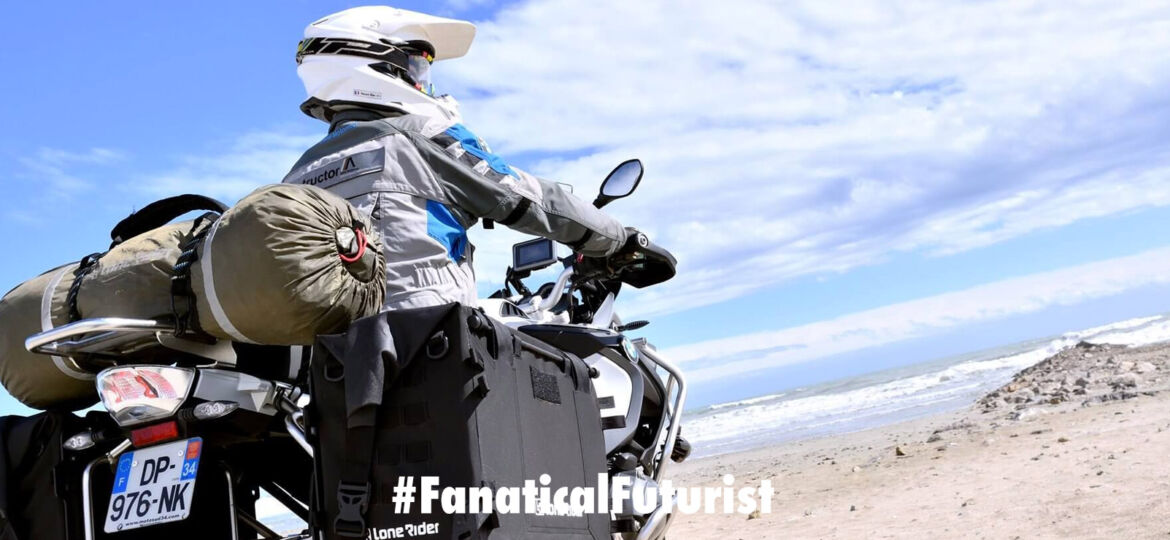
WHY THIS MATTERS IN BRIEF
While a fully autonomous motorobike sounds odd, it’s designed to improve driver safety and comfort.
Will you need a motorbike license to ride in the future? Well, maybe not. At the Miramas testing ground circuit in Provence, France, last week, BMW unveiled its first autonomous motorbike, based on the best selling BMW R1200 GS model.
In something that looked like an ode to Yamaha’s own autonomous bike, which last year raced against the famous Valentiono Rossi, BMW’s bike was developed by graduate engineer Stefan Hans and his team, the driverless motorcycle independently drove off, accelerated, circled a winding test track and independently slowed down to a complete stop.
Despite the amazing feeling to see this Artificial Intelligence (AI) powered bike driving around the racetrack, BMW said that it has no intention, at least in the near future, to sell a “completely independent motorbike,” and that the underlying technology will be used as a platform to develop future systems and functions to make motorcycling safer and more comfortable.
No license to ride?
“Motorcycles are intrinsically dangerous,” said Marco Graziano, CEO of Visible Energy and a lifelong Ducati rider. “Safety is in the driver’s skills, dedication, and the universal rules of chance.”
For the Bavarian automaker, this fully-automated prototype is to gather additional knowledge about driving dynamics in order to detect dangerous situations early on and support the driver with appropriate safety systems while turning at intersections or when braking suddenly, for example. And BMW is far from being the only motorcycle maker to work on a fully autonomous motorbike.
Three years ago, Yamaha unveiled its Motobot, an “autonomous motorcycle-riding humanoid” that was developed in partnership with Menlo Park, California-based research firm SRI International. At CES, earlier this year, the Japanese motorcycle manufacturer then unveiled its Motoroid proof of concept, that, again, uses AI to improve rider safety, but unlike BMW’s bike it can’t ride itself.
Then at CES last year, Honda unveiled its self-balancing bike, but not autonomous, that uses robotic technology to self-balance, rather than relying on gyroscopes, which are heavier and would likely alter the “feel” of riding the bike.
However, autonomous vehicle expert Anthony Levandowski, who helped build Google’s first driverless car and then went on to start the semi-truck Otto startup, which was then later acquired by Uber, and made the world’s first fully autonomous delivery to a brewery, then got canned, is for us one of the early pioneers of AI driven motorcycles – he built the GhostRider, a driverless motorcycle, for the 2004 DARPA Grand Challenge.
Although Levandowski didn’t win the competition, in fact nobody did that year, he was instrumental in kickstarting the entire self-driving vehicle industry, so now the floodgates are starting to open you can expect more bikes like these to emerge over the coming years.
















